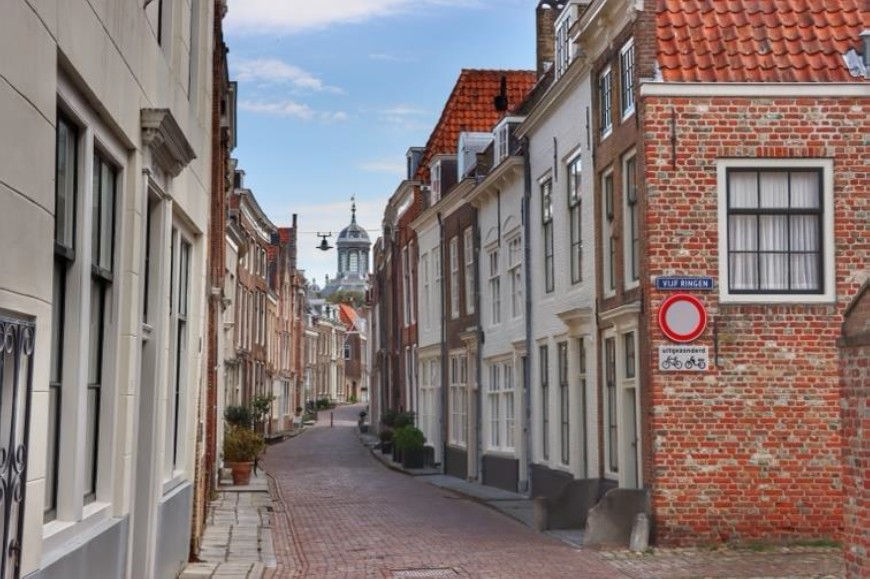Middelburg’s Inner City is a gem of historical and cultural significance, drawing visitors from near and far to admire its rich heritage and vibrant tourism economy. However, this charming neighbourhood faces an escalating challenge: heat stress, exacerbated by high levels of paved surfaces and a lack of greenery. This issue, as captured in the striking image below, underscores the urgent need for climate adaptation in this historic hub.
A Historic Neighbourhood Under Pressure
As climate change intensifies, Middelburg’s Inner City must confront environmental vulnerabilities that threaten both its liveability and its appeal as a tourist destination. Rising temperatures and heat stress are becoming more pronounced, placing strain on residents, businesses, and visitors alike. While the area’s importance ensures political attention, the economic reality of rising construction costs, labour shortages, and inflation poses significant hurdles to implementing large-scale interventions.
Adding to the complexity, the historic nature of Middelburg’s Inner City introduces legal and technical constraints. Preservation laws limit the scope of potential solutions, necessitating a careful balance between innovation and respect for heritage. However, these challenges are met with growing social awareness of the need for climate adaptation and emerging technologies for cooling urban spaces.
Pilot Focus: Heritage-Sensitive Solutions
The Middelburg Inner City pilot embraces a thoughtful and incremental approach to climate adaptation. The initiative focuses on small-scale, cost-effective measures that align with the city’s long-term strategy of creating “cool spots” across the neighbourhood. Key interventions include:
- Green Walls and Mobile Gardens: These adaptable solutions provide greenery without compromising the architectural integrity of the historic environment.
- Shade Structures: Strategically placed structures offer immediate relief from heat, enhancing comfort for residents and tourists.
Opportunities in Challenges
While economic and legal constraints present obstacles, the pilot leverages several opportunities:
- Tourist Engagement: Middelburg’s high tourist footfall can serve as a platform to raise awareness about climate adaptation and involve visitors in greening efforts.
- Technological Innovations: Advancements in greening and cooling technologies open new possibilities for heritage-sensitive interventions.
- Public Awareness: Growing recognition of heat stress’s impact supports public buy-in and fosters community participation.
Building Long-Term Resilience
The pilot’s emphasis on gradual, scalable interventions reflects a commitment to enhancing the inner city’s long-term resilience. These efforts aim to:
- Improve liveability by mitigating heat stress and increasing greenery.
- Maintain the economic vibrancy of the area by ensuring a comfortable environment for residents and tourists.
- Preserve Middelburg’s unique cultural and architectural heritage while addressing environmental vulnerabilities.
The Path Forward
As Middelburg’s Inner City begins its transformation, the "From Grey to Green" series will chronicle the progress, sharing updates on how small-scale interventions are making a big difference. Through innovative, heritage-sensitive solutions, the city is setting a powerful example of how historic neighbourhoods can adapt to a changing climate while maintaining their charm and vitality.
Stay tuned as we follow Middelburg’s journey towards a cooler, greener future.
Image: The Middelburg Inner City Pilot Area to be Transformed.
